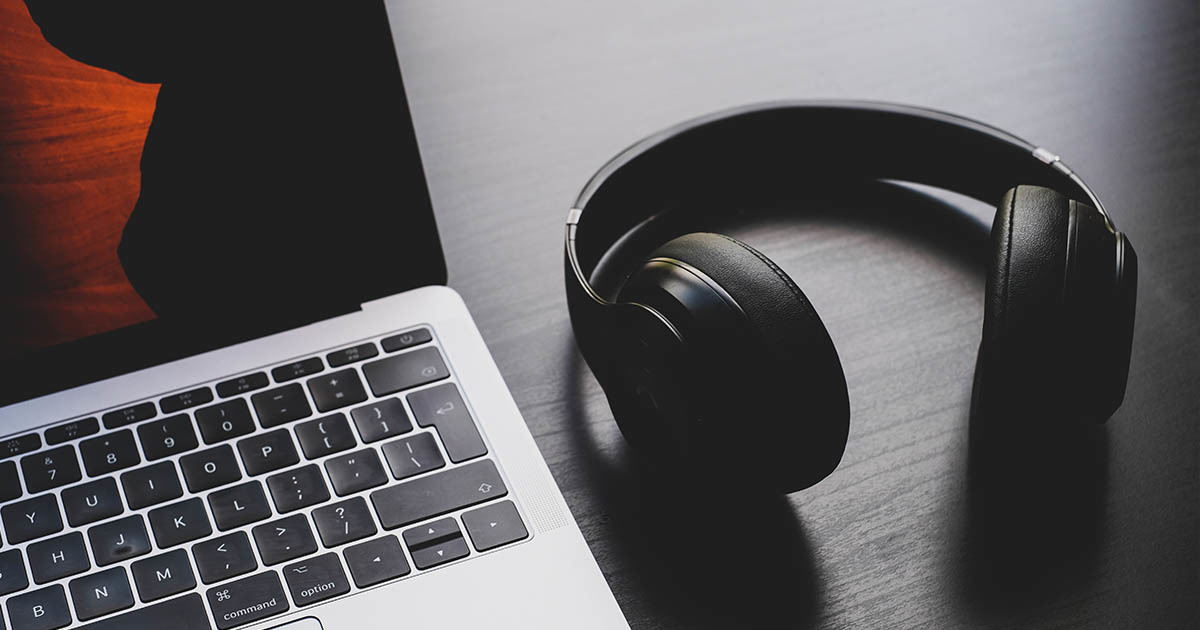10 Steps to a More Organized Way of Learning New Music
by Mitchell Estrin
Date Posted: March 04, 2020

Photo by Dan Farrell
Learning music, just like learning any other high level cognitive activity, requires many hours of work with intense concentration.
I am often surprised when I ask my students, and even sometimes colleagues, about their process for learning new repertoire. This could be for solo, chamber, large ensemble, and/or foundational music. Many musicians approach this critical process in a casual and non-organized manner. The most successful and accomplished musicians have a structured game plan when tackling new repertoire.
There are numerous stages of preparing a piece of music for performance. Each player can develop their own methodology for achieving their personal best musical results.
Having a well-conceived plan in place will ultimately lead to more thorough preparation and will certainly save time. A structured routine will also ease the learning process. It will allow a player to more easily determine the current stage and progress of the preparation process.
Here is my list of the 10 stages of musical preparation:
1. Listening to the piece (live or recorded performances, if any)
2. Initial reading
3. Planning musical intentions
4. Creating a practice strategy
5. Macro practicing; learning sections at a time
6. Micro practicing; identifying and practicing more challenging measures and phrases
7. Score study (unless unaccompanied)
8. Connecting multiple sections
9. Run throughs
10. Simulating performances
Let's expand on these 10 stages of musical preparation.
"Having a well-conceived plan in place will ultimately lead to more thorough preparation..." - Mitchell Estrin
1. Listening
Go hear a live performance or find recording(s) to listen to, in order to get an overall impression of the total work. It is important not to listen too much again after this initial hearing, in order to avoid influencing one's interpretation during the actual learning process.
2. Initial Reading
I encourage reading through the entire piece (or entire movement) the first time through. Take conservative tempos, keep a steady beat, and keep your place in the music, overlooking missed notes, rhythms, etc. This will not only get you started, but will enhance your overall sight reading ability.
3. Planning Musical Intentions
Reflect on the character of the music, any indications given by the composer, and personal preference, to decide the musical mood and style. Also decide on your goal tempo(s). Begin considering phrasing choices, such as breathing and the tension and release points of the phrases.
4. Create a Practice Strategy
This is a very important part of the process. Realistically analyze the amount of woodshedding required to master the most difficult measures, phrases, and sections.
Commit to slow methodical practice and gradually build up the tempos.
Make a spreadsheet, breaking the piece down into components with multiple rows listing the date of practice, length of practice, tempos, difficulties encountered, and comments on overall progress. You will quickly learn which passages require the most attention and repetitions.
5. Macro Practicing; Learning Sections at a Time
I have found that by slowly learning sections at a time leads to the most thorough preparation.
When planning your practice strategy, make specific notes about how you intend to divide the piece up into smaller sections, each to be worked on individually.
Think of the piece as a pie chart, with the most challenging sections receiving a larger proportion of the chart and the corresponding practice time allotment.
6. Micro Practicing; Identifying and Practicing More Challenging Measures and Phrases
As you study, it will become obvious as to which measures and phrases present the most difficult challenges.
These challenges can be technical and/or rhythmical. It is critical to identify these places early and spend the necessary time analyzing the difficulties, finding solutions, and then repetitively practicing these places at slow tempos. Never play these places faster than you can execute them cleanly. Gradually work up the tempo over a period of days, weeks, or even months, when necessary.
7. Score Study
Studying and knowing only your own part is incomplete musical study.
The exception, of course, would be when learning an unaccompanied solo piece. It is important to study and understand all of the parts in a particular work in order to create a complete interpretation.
If you are performing a work with piano, study the piano part. This will give you a better understanding of the harmonies, textures, balance, and rhythmic structure.
If you are preparing a chamber work or large ensemble piece, carefully study the score to more fully understand the music and how your part fits into the overall musical context.
8. Connecting Multiple Sections
Once you have worked comprehensively on two smaller sections, play through them together. This will give you a good idea of how your preparation of the smaller sections is progressing.
Each time you work on another smaller section to your satisfaction, link it to the previously learned sections, and continue adding sections until you have completed the movement or the piece in its entirety.
9. Run-Throughs
Once you have put all of the sections together of an entire movement or piece, begin making complete run throughs.
Note any trouble spots or measures, phrases, and sections that are still not at performance level.
Revisit these sections and practice slowly and methodically until you are satisfied. Run throughs will increase stamina and begin the last stage of the preparation process.
10. Simulated Performances
Lastly, go through the entire piece simulating performance. Do not stop for any reason until you have gone through the entire piece.
You will learn a great deal in simulated performances that will help you have a better performance when the time comes. Aspects such as pacing, endurance, stage presence, and the reappearance of weaker sections will be defined.
Learning a piece of music takes a great deal of time and effort. I hope these 10 steps will help you to achieve a more organized and successful musical preparation process!